-50%
Original price was: 700,00€.350,00€Current price is: 350,00€.
Manufacturing: Knotted by hand
Size:141 X 103 cm
Age: New
Origin: Persian
Material: Cotton and silk
Thickness approx: 2-3 mm
Natural dyeing
The colors in the carpet will be perceived differently depending on the angle you view it from.
Out of stock


 Español
Español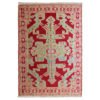
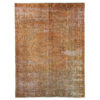

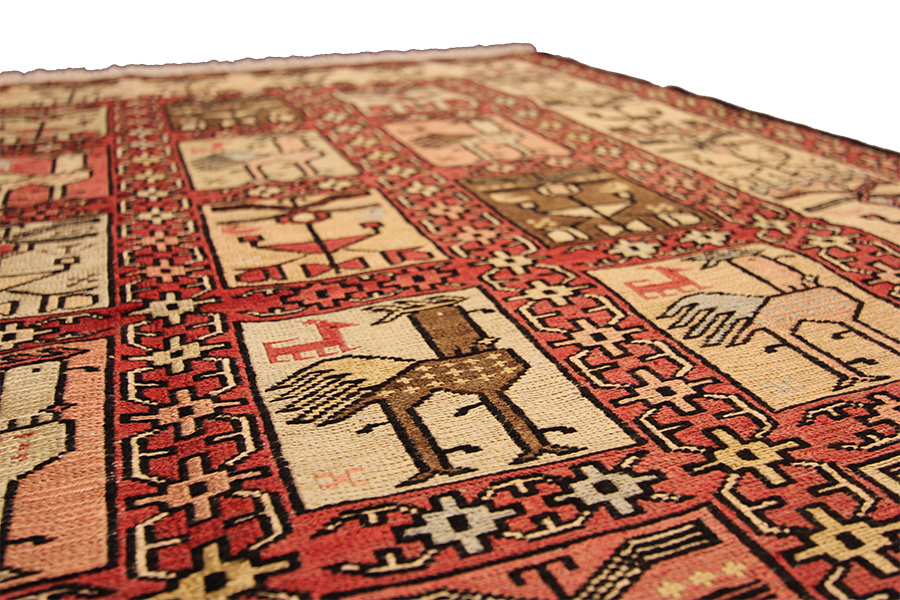


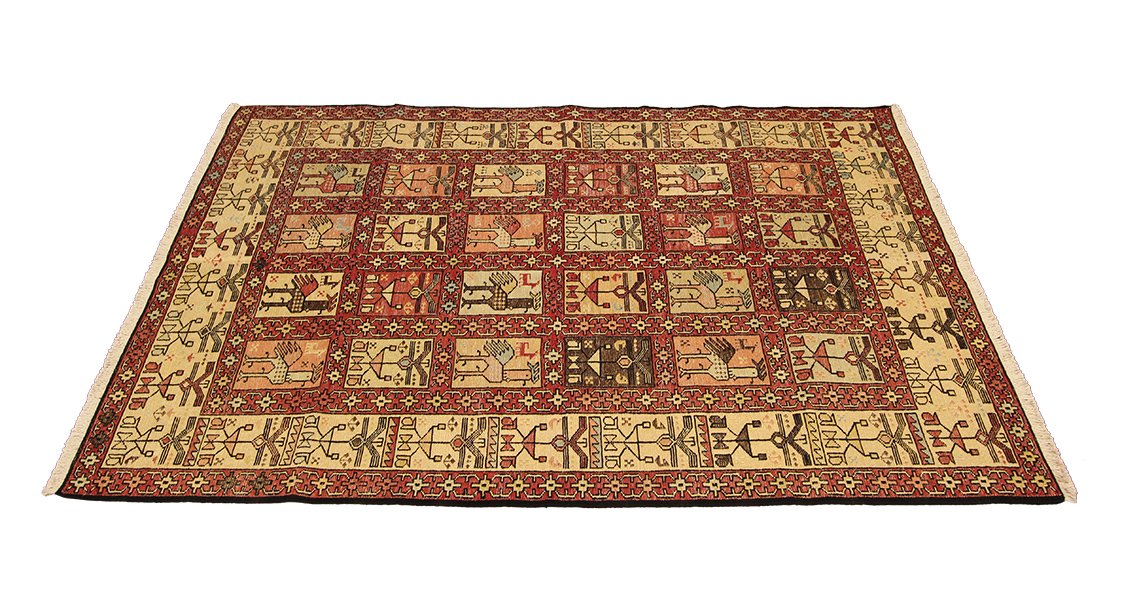
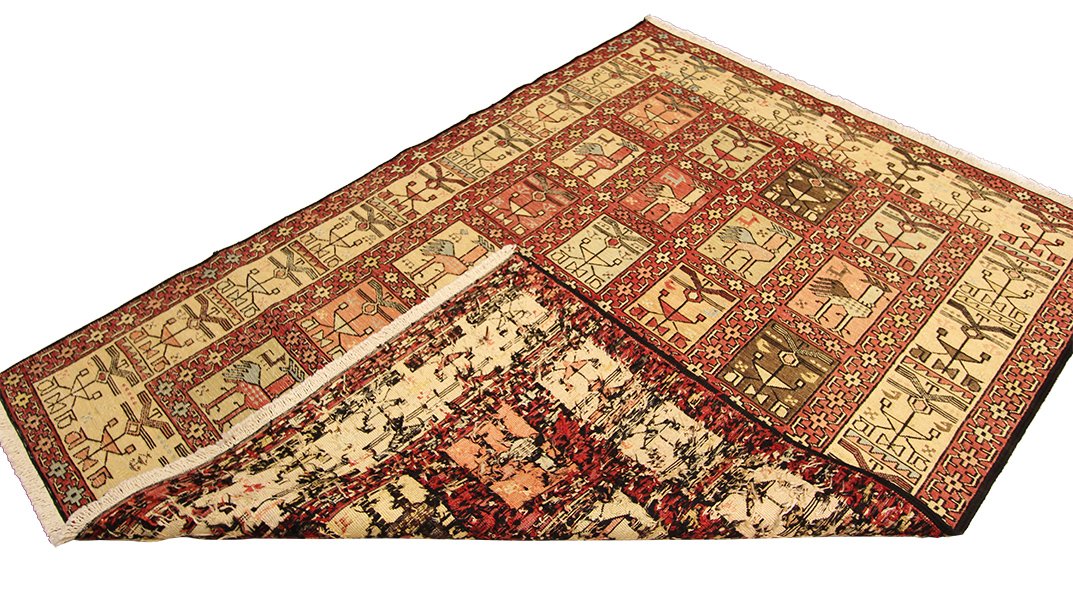
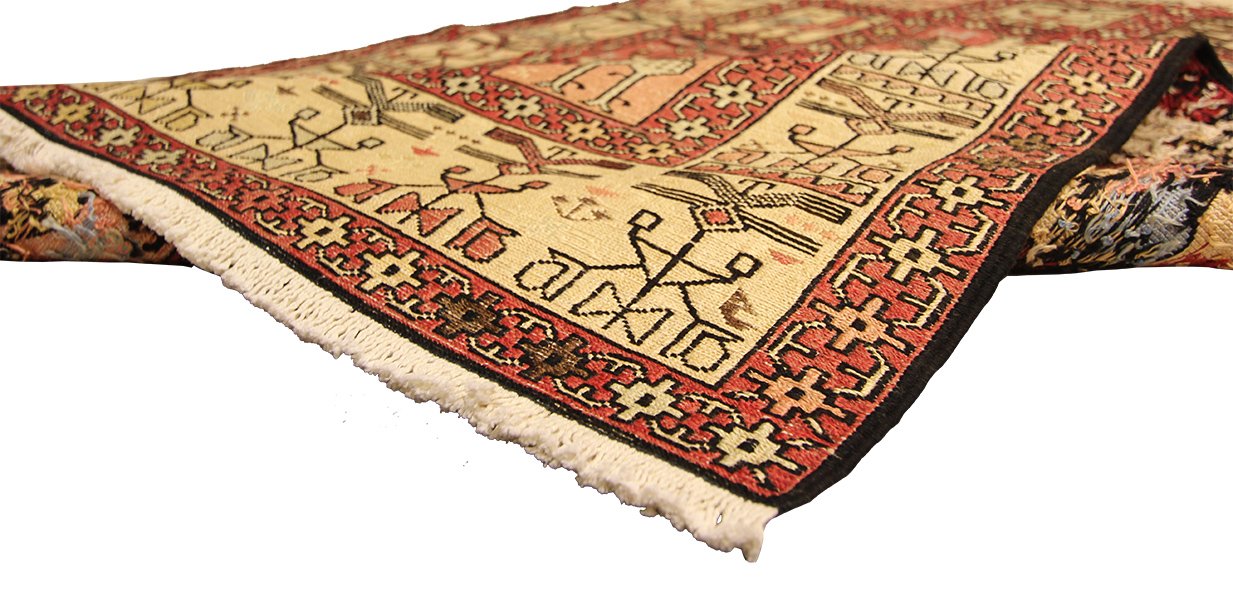
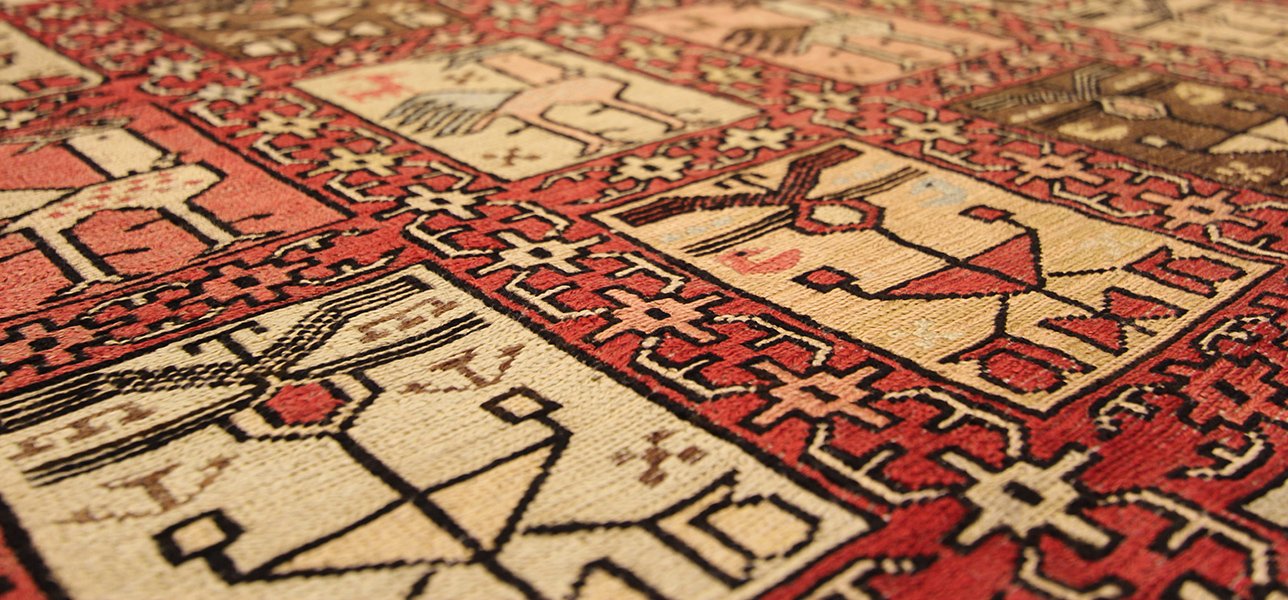
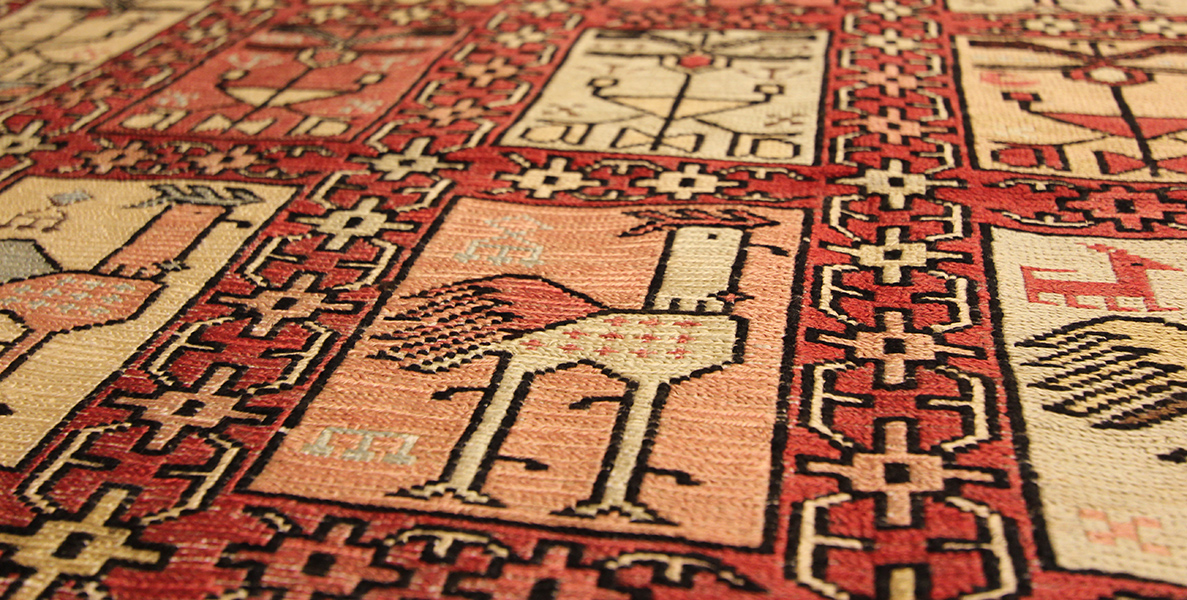
Reviews
There are no reviews yet.